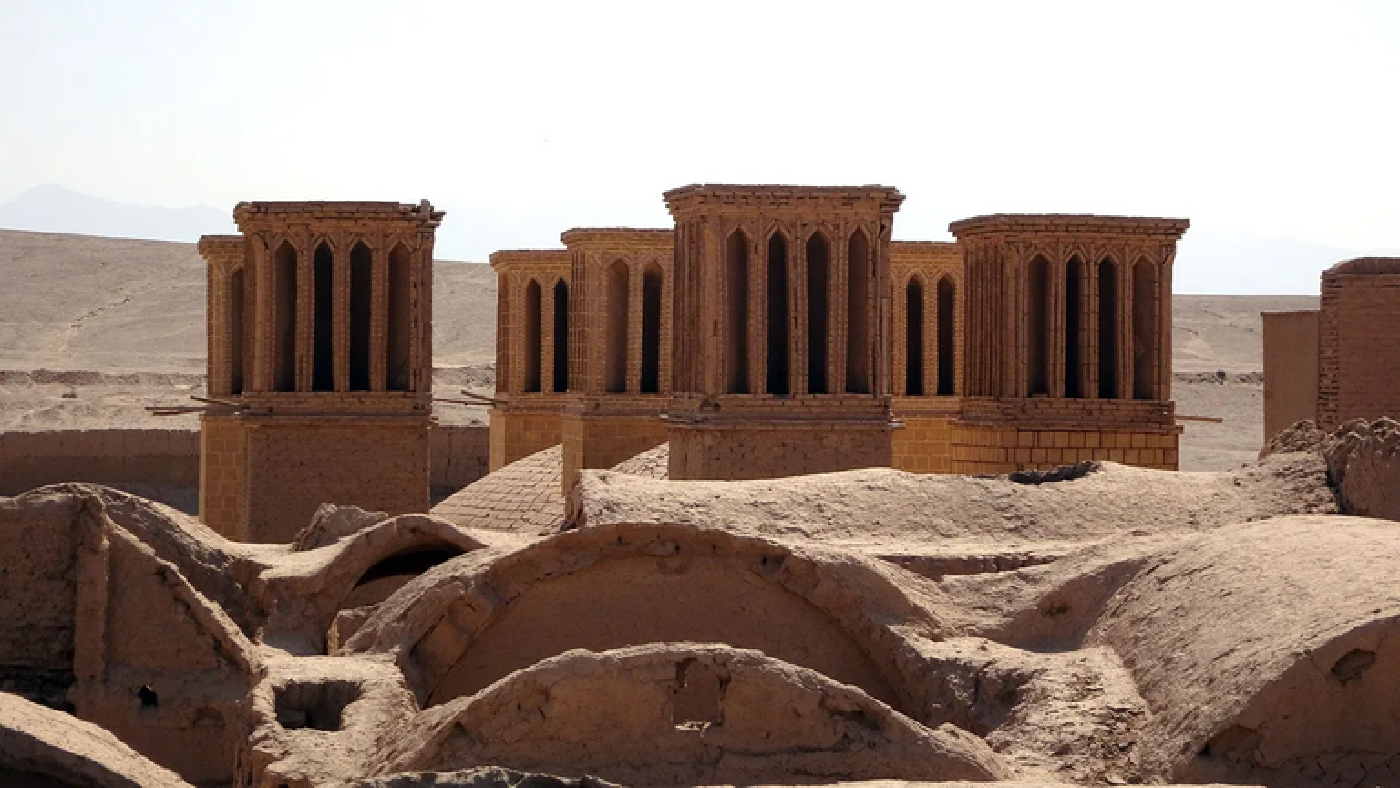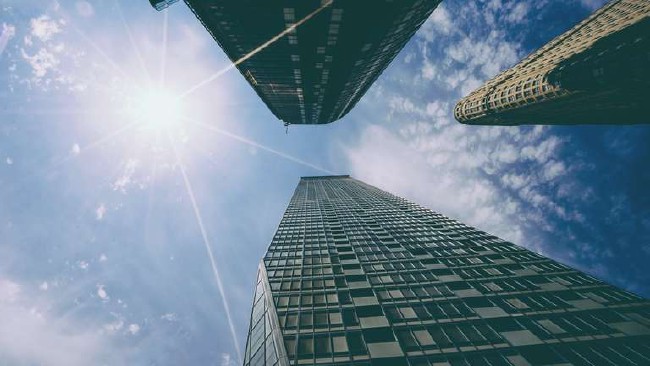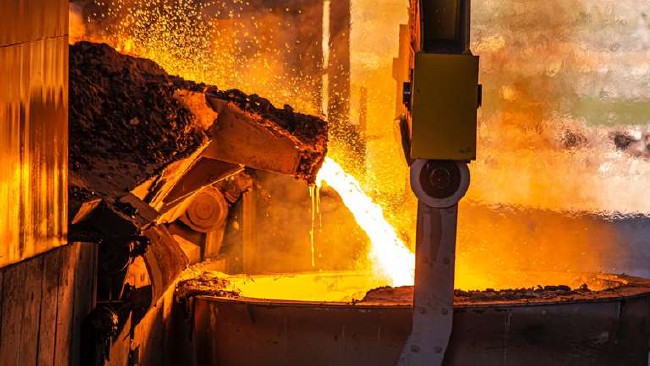What if old was the new new?
Desert cities in the Middle East, Egypt, Pakistan and India have suffered scorching summers for millennia. Still, people managed to survive them long before the invention of air conditioning thanks to natural ventilation methods such as wind-catchers.
These high towers – often rectangular in shape – built on top of residential buildings feature openings that redirect cooler winds downwards. This air influx then pushes warm air out of the building to reduce its temperature by around 10 degrees! Even in the absence of wind, these “chimneys” generate air pressure that prevents warm air from entering the homes.
Moreover, in some cases, the air passes through a room where water from the city’s underground distribution channels cools the air before it is redistributed throughout the house.
Why does it matter? With modern-age technology, we tend to leave these architectural innovations in the past, only for tourists to enjoy. However, by “fighting” global warming with air conditioning, we actually create an unsustainable vicious circle.
Wind-catchers are only one instance where we can turn to our innovative ancestors for solutions to current issues. So let’s remember History; it could save our future.
Related Posts
A spray technology acts as sunscreen for cities and keeps us cool
Pavement Technology Inc. created an “asphalt rejuvenator” that can reduce heat absorption, remove airborne pollutants and make the road more resistant.
Swedish company produces the world’s first “green” steel
In Sweden, SSAB, LKAB and Vattenfall launched HYBRIT (Hydrogen Breakthrough Ironmaking Technology) to develop a fossil-free value chain for iron and steel production.
A new pavement technology redirects water into the ground
The American startup AquiPor designed an alternative pavement material that can absorb rainwater.



